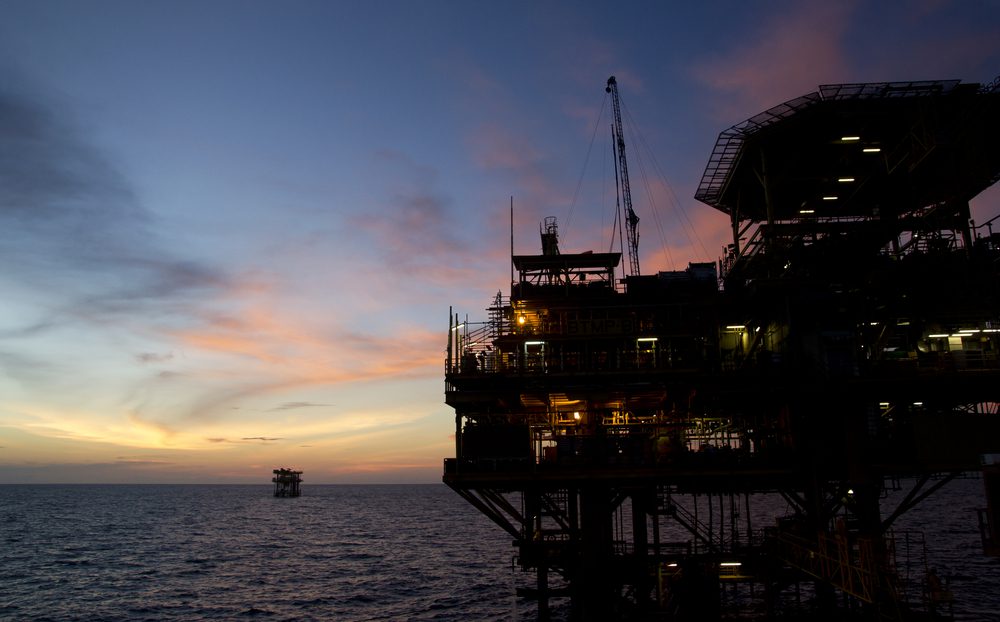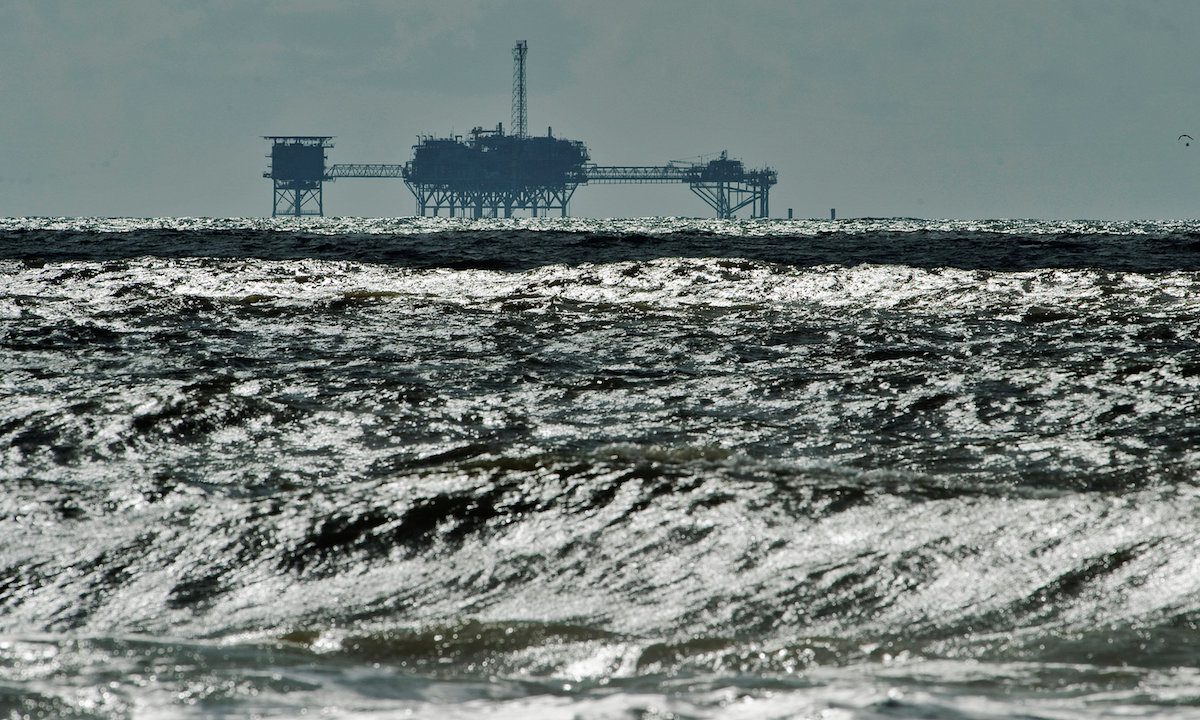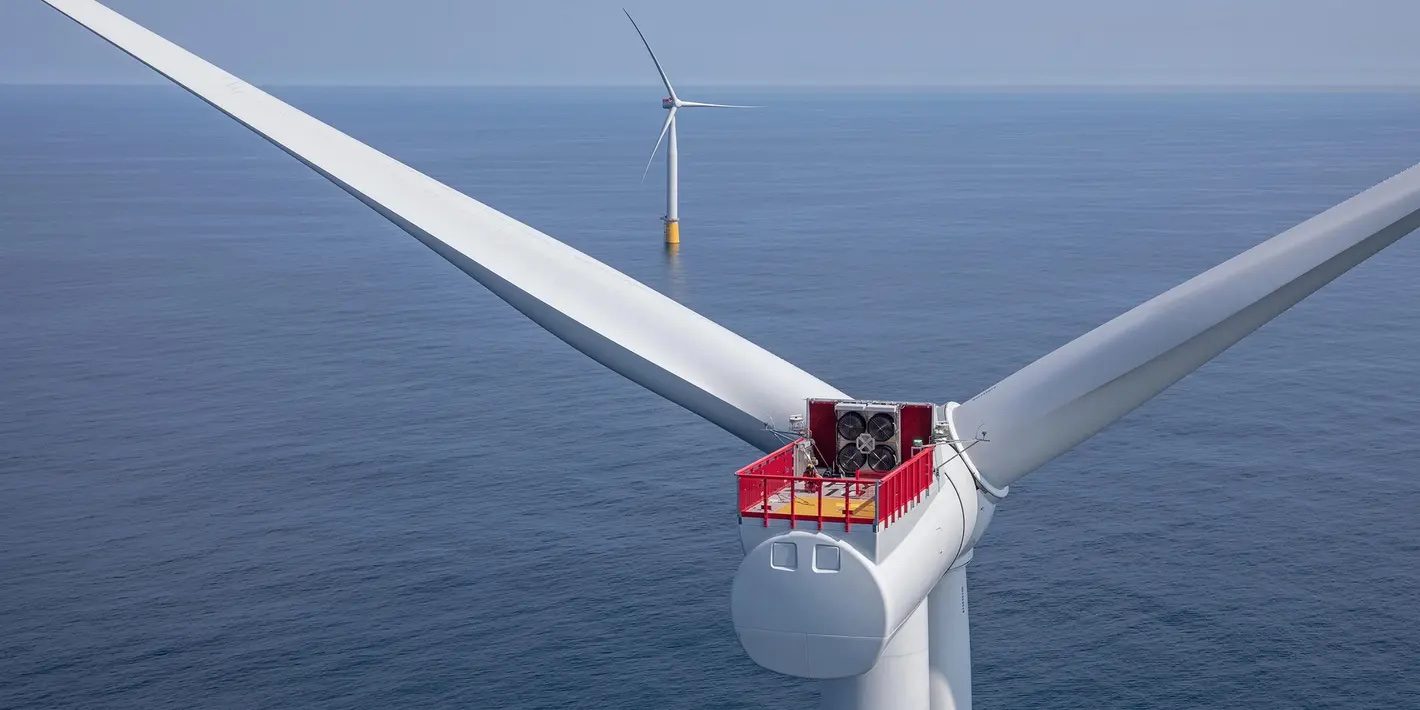By Barry Parker (gCaptain) –
Offshore wind in the U.S. Congress, already blowing hard, has now received a fresh gust with word of rapprochement between Democrats and Senator Joe Manchin, with the “Inflation Reduction Act of 2022” seemingly back on course. The bill contains extensive provisions that would benefit offshore wind investment as the Biden Administration’s targets 30 gigawatts by 2030.
In the days prior to the news from Washington, D.C., the international law firm Eversheds Sutherland held a very informative and timely webinar titled “Delivering Offshore Wind Projects: Lessons Learned,” featuring a team of attorneys based in the United Kingdom and in the States as well as outside panelists from the commercial sector. The firm, also active in traditional maritime legal matters, has represented wind farm developers in large projects in Europe and in North America.
Among the insights provided by Eversheds Associate Katie Wymer, based on Atlanta, Ga., who- in looking ahead to floating wind, said that “Floating wind will overtake fixed bed [turbine installations] in the near to medium term future.” She was quick to bring up supply chain issues (no industry seems to be immune), adding that: “The three main wind turbine manufacturers are finding their entire production timelines affected by the inability to obtain raw materials.”
New York State Releases Third Competitive Offshore Wind Solicitation
One recurrent point throughout the webinar, coming out of these issues, was the switch in bidding dynamics, with Ms. Wymer saying that: “Developers would previously go to suppliers for prices, model and then bid, now we are seeing developers bidding to win contracts, and then going to suppliers, asking them [for prices] to get the developer to where their desired margin is.” She also pointed to an emerging trend in North America where wind purchasers (in the individual states) are beginning to coordinate electrical transmission from multiple wind farms, rather than from a single field.
Responding to a question on challenges facing the business in the States, panelist Rocco Vita, Senior Director at EDF Renewables (developers of numerous onshore wind and solar projects in North America, as well as partnering with Shell on a successful bid at the 1.5 GW “Atlantic Shores” field, offshore New Jersey) provided his perspective on challenges. After opining that “offshore wind projects are very permit-heavy…projects must go through state and Federal regulations,” Mr. Vita said: “For projects to succeed… in order for us to deliver the goal of 30 GW by 2030, we need to keep permitting on track…I do think that developers need to work with the U.S. state and Federal governments to streamline the process and remove any bottlenecks.” He continued: “Also, we need to make sure that these agencies are staffed correctly.”
On maritime issues specifically, Mr. Vita noted that: “We are hearing the installation vessel availability may be an issue for the projects planned in the Northeast” and “we are facing some issues with the Jones Act and crewing issues…there could an issue finding trained crews.” He then brought up the landside, telling listeners, “With the port infrastructure, we think that some investments need to be made in port infrastructure in order to handle a large installation.”
The State of New Jersey explains that: “The developer will utilize the foundation manufacturing facility at the Port of Paulsboro, and is committed to a nacelle assembly facility in collaboration with MHI Vestas, one of the leading turbine manufacturers in the world, at the New Jersey Wind Port.”
Senate Bill
In the bill advanced in the U.S. Senate, investments in offshore wind will be eligible for advanced manufacturing production credits. Deep within the 725 page text of the Senate bill, “energy components”, the language on where tax credits related to offshore wind could be allowed includes ‘‘(i) Blades, ‘(ii) Nacelles, (iii) Towers, (iv) Offshore wind foundations, and (v) Related offshore wind vessels. The definition of vessel is as follows: The term ‘related offshore wind vessel’ means any vessel which is purpose built or retrofitted for purposes of the development, transport, installation, operation, or maintenance of offshore wind energy components.” The bill needs to wind its way through the legislative process- so, if the bill is passed, final wording could possibly differ.
Resources:

 Join The Club
Join The Club










